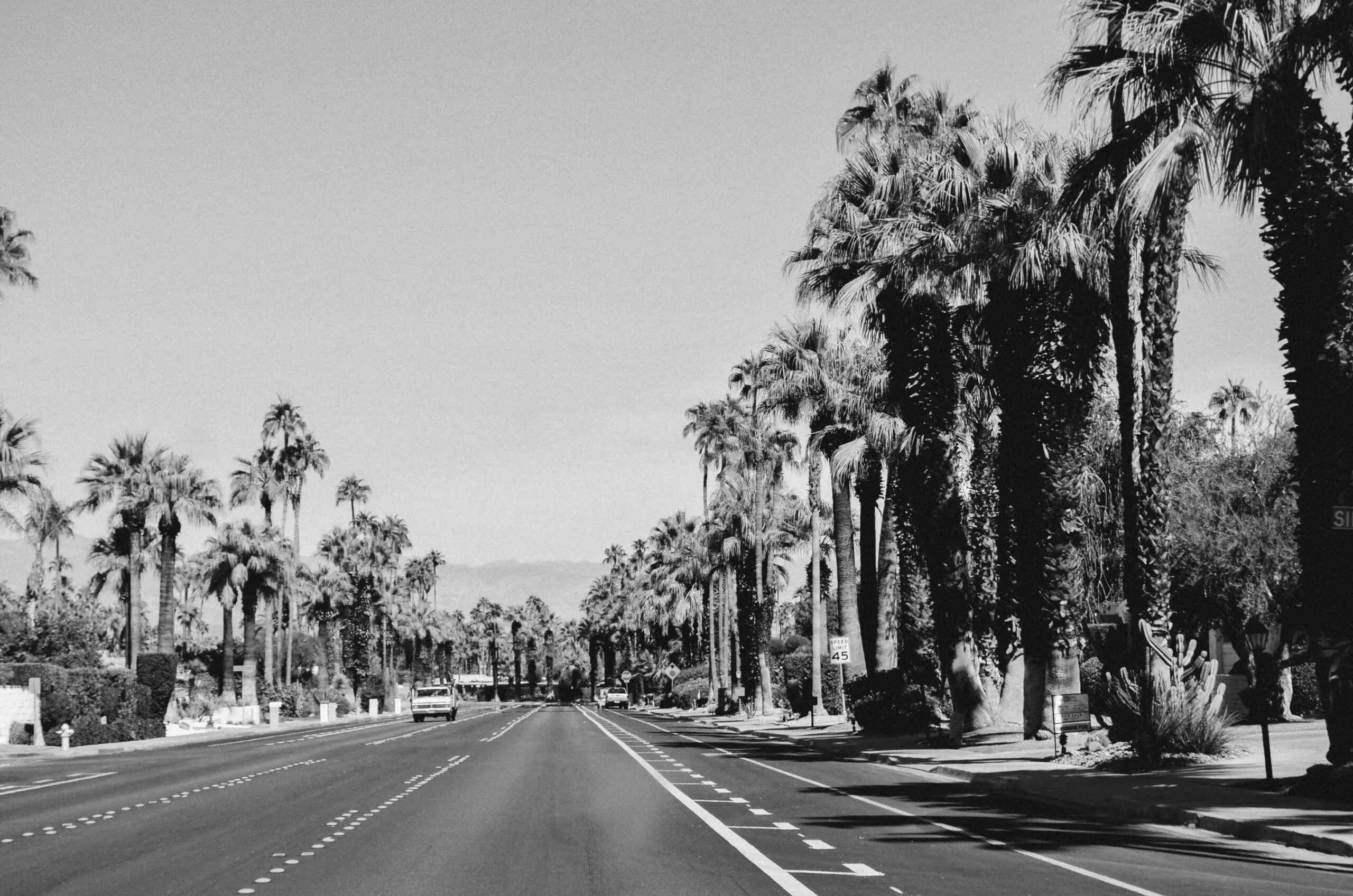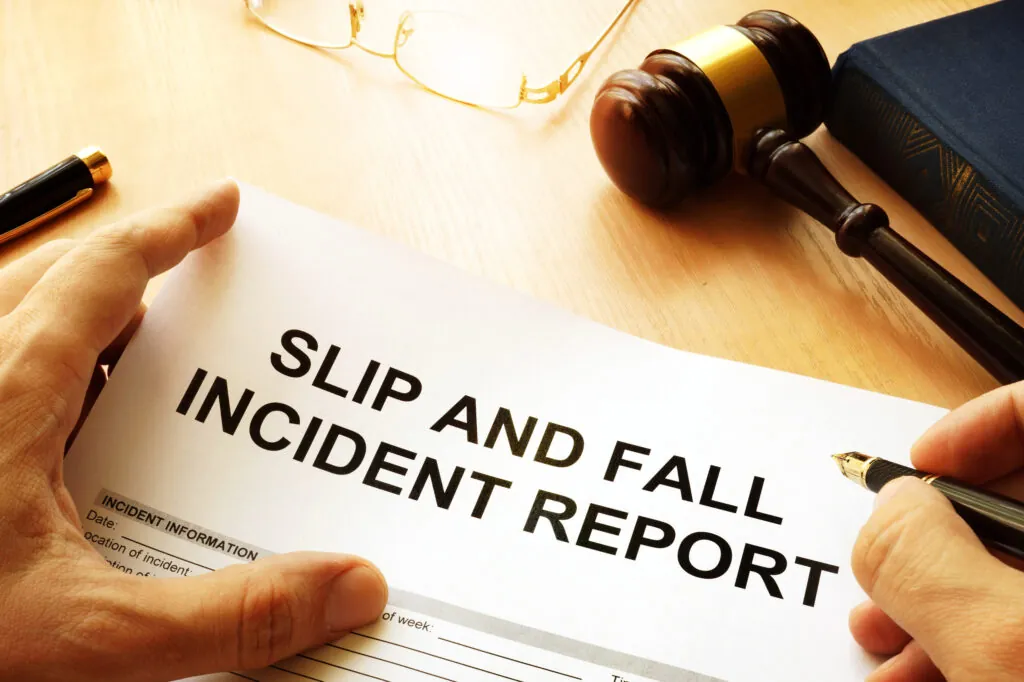When You Slip and Fall, it May Not Be Your Fault
Slip and fall accidents are more common than you might think, and they can lead to serious injuries with lasting consequences. From grocery stores to parking lots, hazardous walkways, and residential properties, these accidents can occur almost anywhere. But who is responsible when someone slips and falls? The answer lies in establishing liability, a process that involves proving negligence and understanding premises liability laws.
In this guide, we will explore everything you need to know about establishing liability in slip and fall cases, from the basics of premises liability to the legal process of claiming compensation. If you’ve been injured in a slip and fall accident, this article will help you understand your legal rights and the steps needed to seek justice.
Understanding Slip and Fall Accidents
What is a Slip and Fall Accident?
A slip and fall accident occurs when someone loses their footing and falls due to a hazardous condition on someone else’s property. These accidents can result in injuries ranging from minor bruises to severe fractures, head injuries, or even spinal cord damage.
Common Causes of Slip and Fall Accidents
Slip and fall accidents can happen in a variety of settings and are often caused by:
- Wet or slippery floors (e.g., spilled liquids, freshly mopped surfaces)
- Uneven flooring or broken tiles
- Poor lighting, leading to visibility issues
- Cluttered walkways or obstacles
- Lack of handrails on staircases
- Hazardous walkways, such as icy sidewalks or potholes
Premises Liability and Legal Duty of Care
What is Premises Liability?
Premises liability is a legal principle that holds property owners and occupiers responsible for maintaining safe conditions on their property. If they fail to do so and someone is injured as a result, they may be held liable for the damages.
Legal Duty of Care Explained
Property owners have a legal duty of care to:
- Regularly inspect their premises for potential hazards.
- Promptly fix any unsafe conditions or provide adequate warnings (e.g., “Caution: Wet Floor” signs).
- Ensure the property is safe for visitors, including customers, tenants, or even passersby.
The extent of this duty depends on the visitor’s status:
- Invitees: Customers or guests invited onto the property for business purposes. Property owners owe the highest duty of care to invitees.
- Licensees: Social guests who are on the property with the owner’s permission but for non-business purposes. Owners must warn them of known hazards.
- Trespassers: Individuals who enter the property without permission. The duty of care is minimal, but property owners cannot willfully harm them.
Proving Negligence in Slip and Fall Cases
What is Negligence?
Negligence occurs when a property owner fails to exercise reasonable care, resulting in unsafe conditions that lead to an accident. To establish liability, you must prove that the property owner’s negligence directly caused your injury.
Four Key Elements Needed to Prove Negligence
To win a slip and fall lawsuit, the injured party must demonstrate the following:
- Duty of Care: The property owner had a legal duty to maintain a safe environment.
- Breach of Duty: The owner failed to uphold that duty by allowing dangerous conditions to exist.
- Causation: The unsafe condition directly caused the slip and fall accident.
- Damages: The accident resulted in actual harm or losses, such as medical bills, lost wages, or pain and suffering.
Evidence Needed for Proving Negligence
Gathering strong evidence is crucial to support your claim. This may include:
- Photographs of the accident scene, showing the hazardous condition.
- Surveillance footage from security cameras capturing the incident.
- Witness statements from people who saw the accident happen.
- Accident reports filed with the property owner or store manager.
- Medical records documenting the injuries sustained and the required treatment.
Establishing Liability in Different Scenarios
Slip and Fall in Retail Stores
Retailers have a legal duty to keep their premises safe for shoppers. Common hazards include spilled liquids, merchandise on the floor, or slippery entryways. To establish liability, you must prove that the store owner knew or should have known about the dangerous condition and failed to fix it.
Wet Floor Accidents
Wet floors are one of the leading causes of slip and fall accidents. If the property owner did not provide adequate warnings (e.g., “Caution: Wet Floor” signs), they could be held liable.
Hazardous Walkways and Parking Lots
Uneven pavement, icy sidewalks, or potholes can lead to serious falls. Property owners must maintain walkways and parking lots to ensure they are safe and hazard-free.
Residential Property Incidents
Landlords and homeowners are responsible for maintaining safe conditions within rental properties or residential premises. This includes repairing broken steps, ensuring adequate lighting, and fixing any other known hazards.
Compensation for Slip and Fall Victims
Types of Compensation Available
If you were injured in a slip and fall accident due to someone else’s negligence, you might be entitled to compensation for:
- Medical expenses: Hospital bills, rehabilitation costs, and ongoing medical treatment.
- Lost wages: Income lost due to the inability to work during recovery.
- Pain and suffering: Compensation for physical pain, emotional distress, and loss of quality of life.
- Property damage: Repair or replacement of personal property damaged in the fall (e.g., broken eyeglasses).
How is Compensation Calculated?
Compensation is calculated based on the severity of the injury, medical expenses, impact on the victim’s life, and the degree of negligence involved. Consulting with an experienced slip and fall lawyer is essential for accurately evaluating your claim’s worth.
Legal Process for Filing a Slip and Fall Lawsuit
Steps to Take After a Slip and Fall Accident
- Document the Scene: Take photos of the hazard that caused your fall.
- Report the Accident: Notify the property owner or manager and request an incident report.
- Seek Medical Attention: Get a medical evaluation to document your injuries.
- Consult a Slip and Fall Lawyer: A lawyer can help you understand your legal rights and guide you through the claims process.
Hiring a Slip and Fall Lawyer
An experienced lawyer can:
- Investigate the accident and gather evidence.
- Establish negligence and liability.
- Negotiate with insurance companies on your behalf.
- Represent you in court if a settlement cannot be reached.
Time Limit for Filing a Lawsuit
The statute of limitations for filing a slip and fall lawsuit varies by state but typically ranges from 1 to 3 years. It’s crucial to act quickly to preserve evidence and protect your legal rights.
Frequently Asked Questions About Slip and Fall
Who is liable in a slip and fall accident?
Liability depends on the property owner’s negligence and whether they failed to maintain safe conditions.
How long do I have to file a slip and fall lawsuit?
Typically, 1 to 3 years, depending on state laws. Consult a lawyer for precise timelines.
Can I sue if I was partially at fault?
Yes, under comparative negligence laws, you can still recover damages, but your compensation may be reduced.
Know Your Legal Rights
Establishing liability in slip and fall cases involves proving negligence, understanding premises liability, and gathering solid evidence. If you’ve been injured due to someone else’s negligence, you have the right to seek compensation for medical bills, lost wages, and emotional suffering.
Don’t wait to protect your rights. Contact Lawlor, White & Murphey today for a free case evaluation and legal guidance.
Your safety matters, and so do your rights. Seek justice and get the compensation you deserve.

